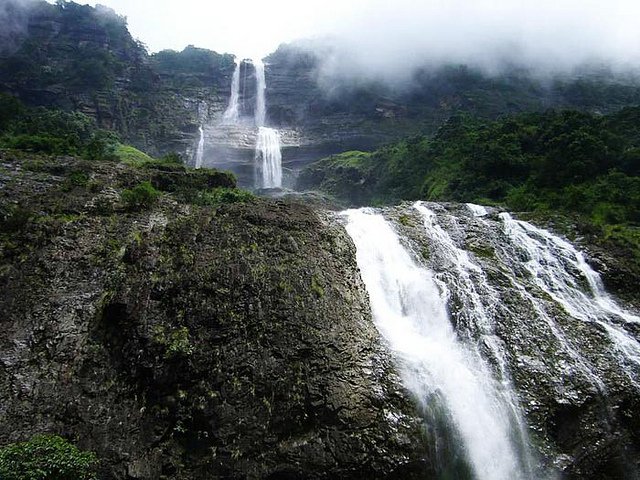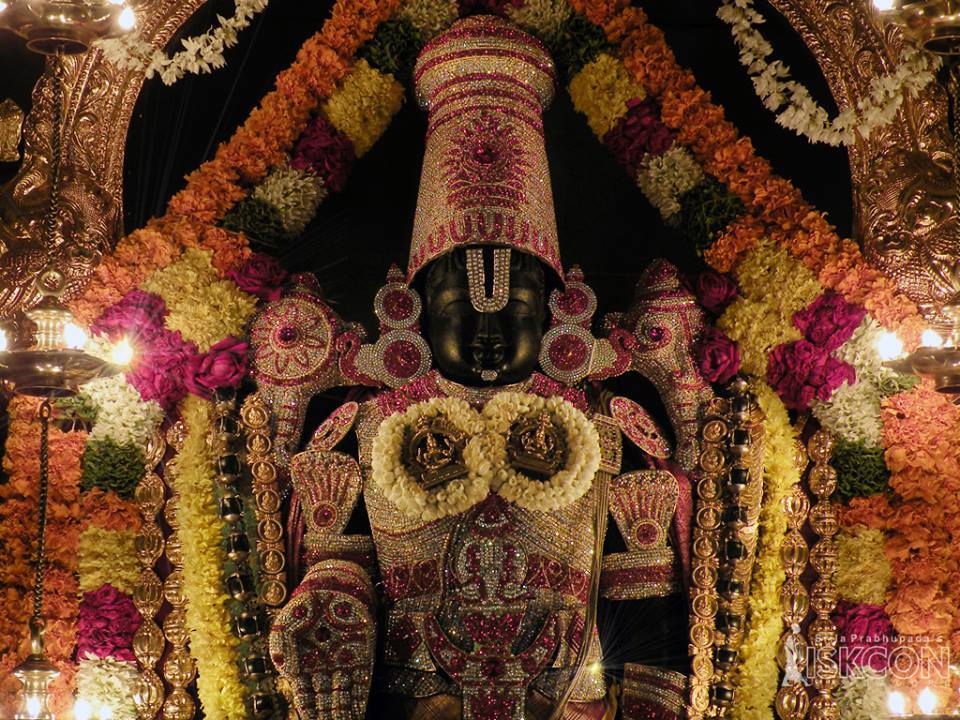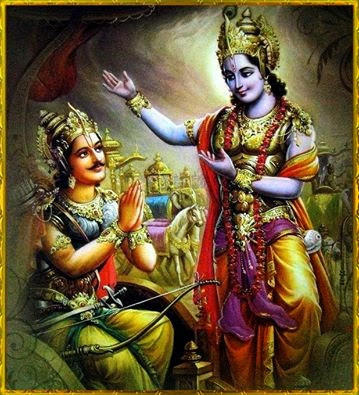Srimad Bhagavad-Gita : Ch-13. Slo-28.

20/12/2018 Srimad Bhagavad-Gita : Chapter-13. ( Kshetra-kshetrajna-vibhaga-yogam) Slokam-28. "samam sarveshu bhuteshu tishthantam paramesvaram, vinasyatsvavinasyantam yah pasyati sa " sarveshu bhuteshu = in sarva-cara-caram-s ( in all living and non-living entities ); samam tishthantam = situated equally as one; paramesvaram = the supreme Lord; vinasyatsu avinasyantam = in the perishable ( destructible ) things as imperishable ( not destroyed ); yah pasyati = one who sees; sah pasyati = he is seeing the Truth. ( One who sees the Supersoul accompanying the individual soul in all bodies and who understands that neither the soul nor the Supersoul is ever destroyed, actually sees. ) Discussion : Lord Krishna confirms with the words pasyati meaning perceives or discriminates that one who realises that paramatma or the Supreme Soul existing equally within all jivas or embodied beings is the kset

















